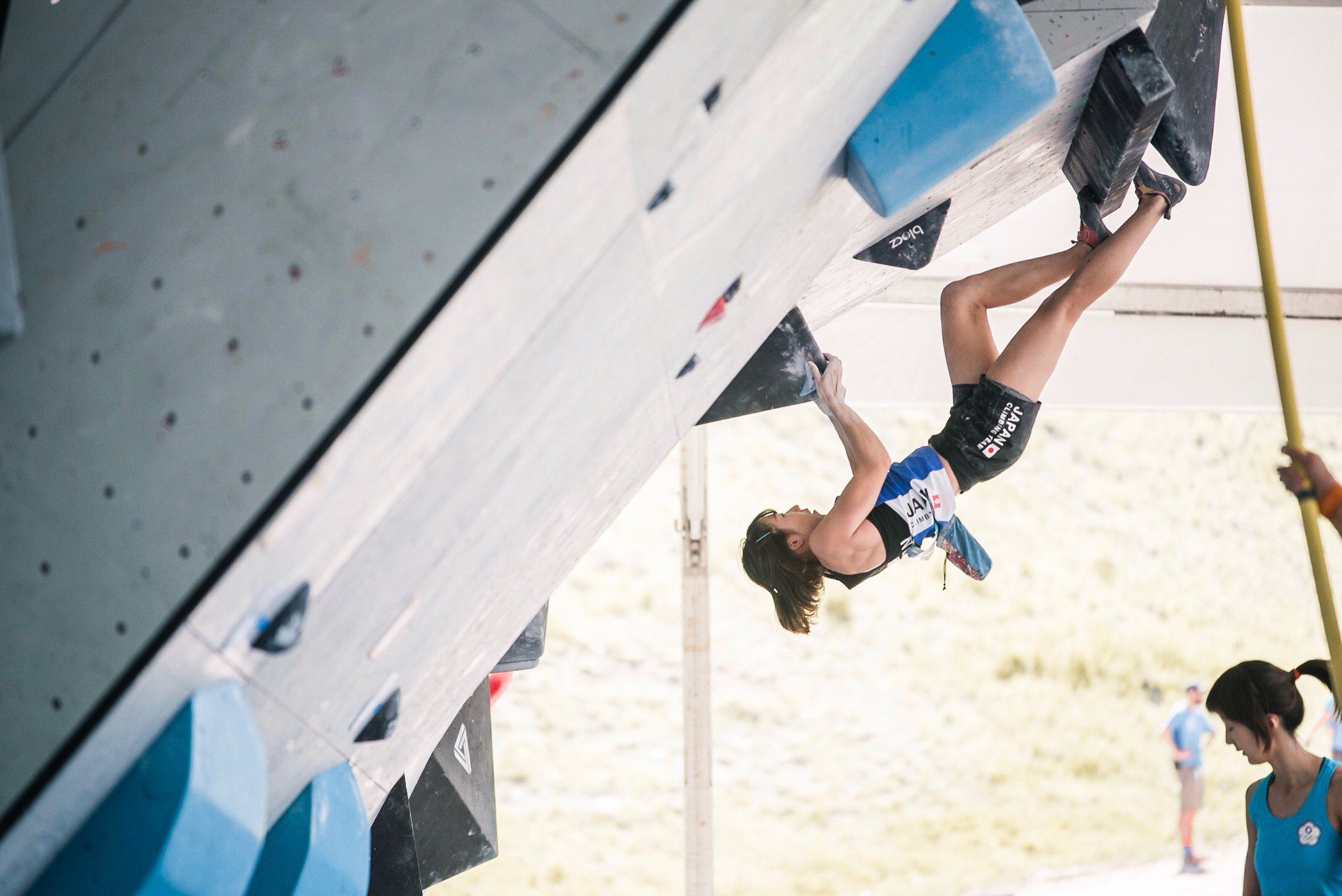10 Techniques for Climbing Overhangs
Some tips for those steep climbs

Most people learn to climb on vertical walls. Beginners are given lots of great advice about keeping your centre of gravity over your hips, your hips close to the wall, standing on your feet and pushing with your legs more than pulling your arms. However, a lot of this advice doesn’t apply when climbing on steeper terrain and you might feel like a beginner all over again when you get on that roof problem or try that new route on the overhanging wall. Below are ten techniques to help you tackle the steep stuff.
1. Straight Arms
The most energy efficient way to climb on steep walls is to keep your arms straight in between cranking. Of course you need to engage and bend your arms to make moves but your back and shoulders are stronger than your arms so give them a reprieve when you can. With decent holds, hanging off a straight arm can be a chance to rest.
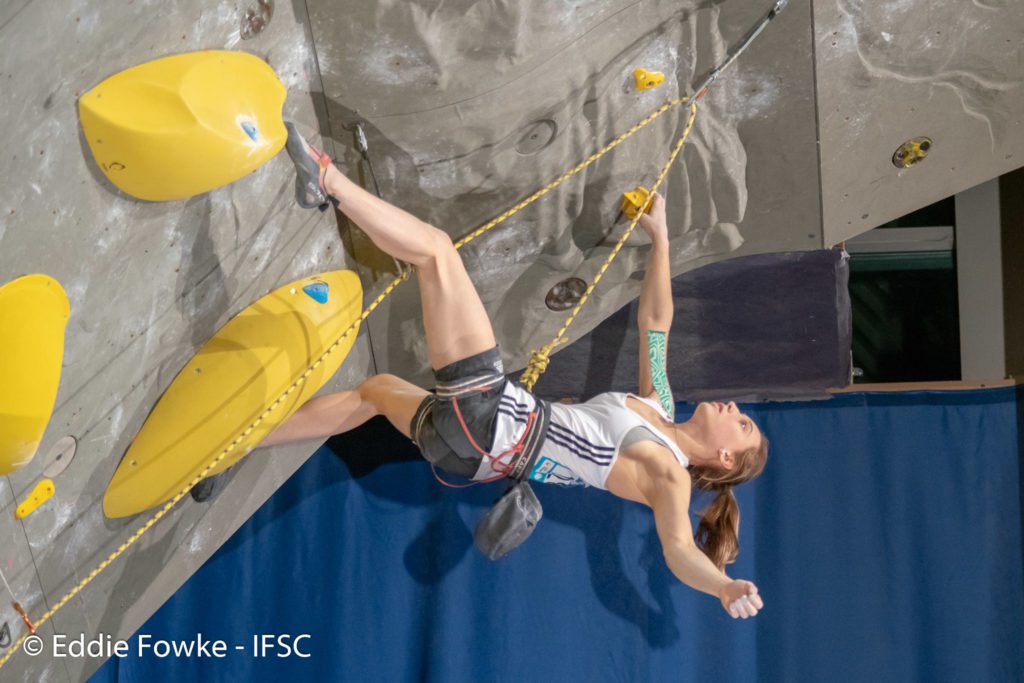
2. Knee Drop
Press on one foot and turn your knee inward and down. Twist your body away from the dropped knee and toward the other foot, which is pressing down/out in opposition. This is a static, controlled movement that lengthens your reach on the side of your knee drop, while also keeping your feet on the wall. Also known as a Drop Knee or an Egyptian.
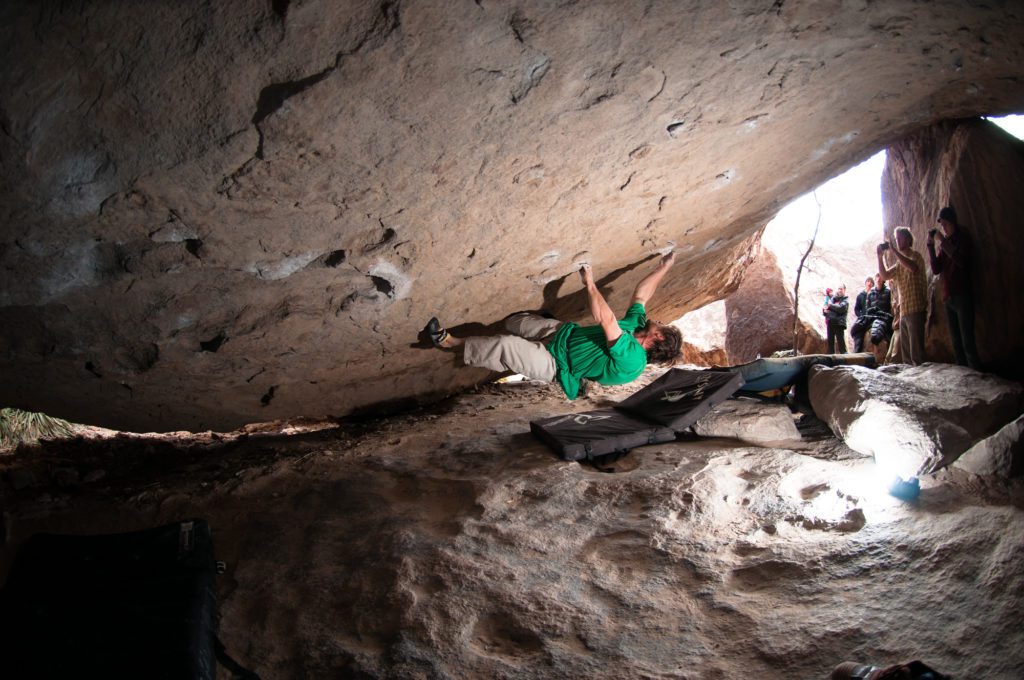
3. Knee Bar
A position in which opposite forces on your foot and your knee create a shin-length “bar” between two holds.
Place the foot first and then wedge your knee behind a hold and weight it. Rock with lots of naturally protruding features (e.g., tufas and huecos), like the rock at Maple Canyon, Rifle and Heuco Tanks in the U.S., provides many opportunities for good knee bars. If the length from knee to ankle – your “shin-dex” – is just the right length for the space, you can get a very decent rest with a knee bar or two (i.e., a double knee bar).
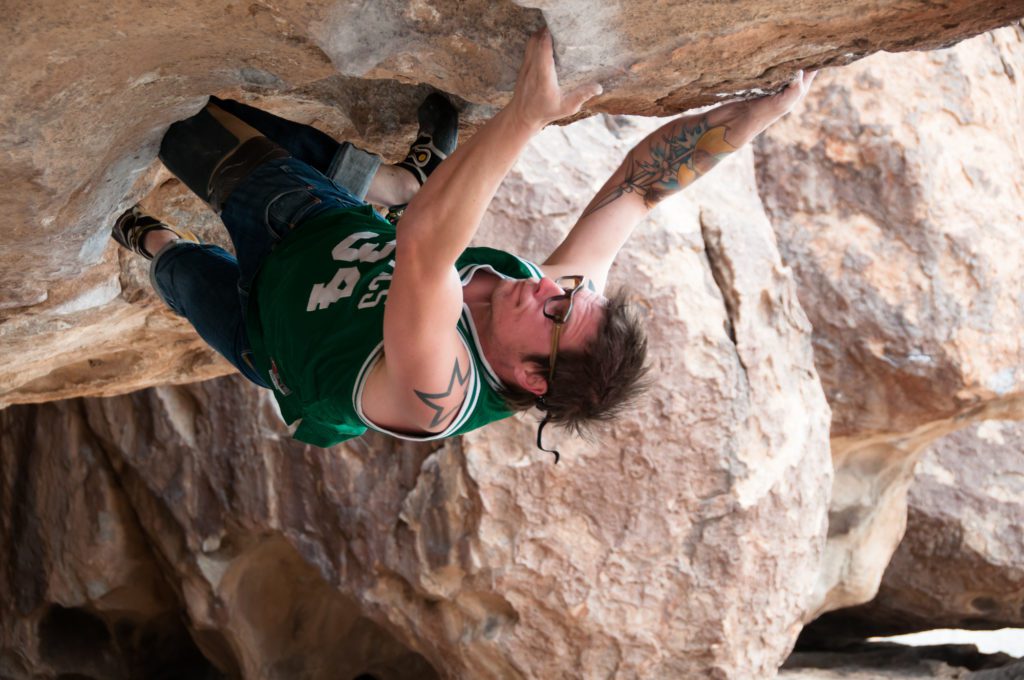
4. Toe-Hook
Pulling the top of your foot toward you, in a flexing motion, on the underside of a hold, around the corner of a wall, or any surface you can use to create tension and keep your foot from falling off the wall. This move takes some practice learning how to engage the shin muscles (tibialis anterior), but once you get proficient at toe-hooking, you’ll find more and more of them.
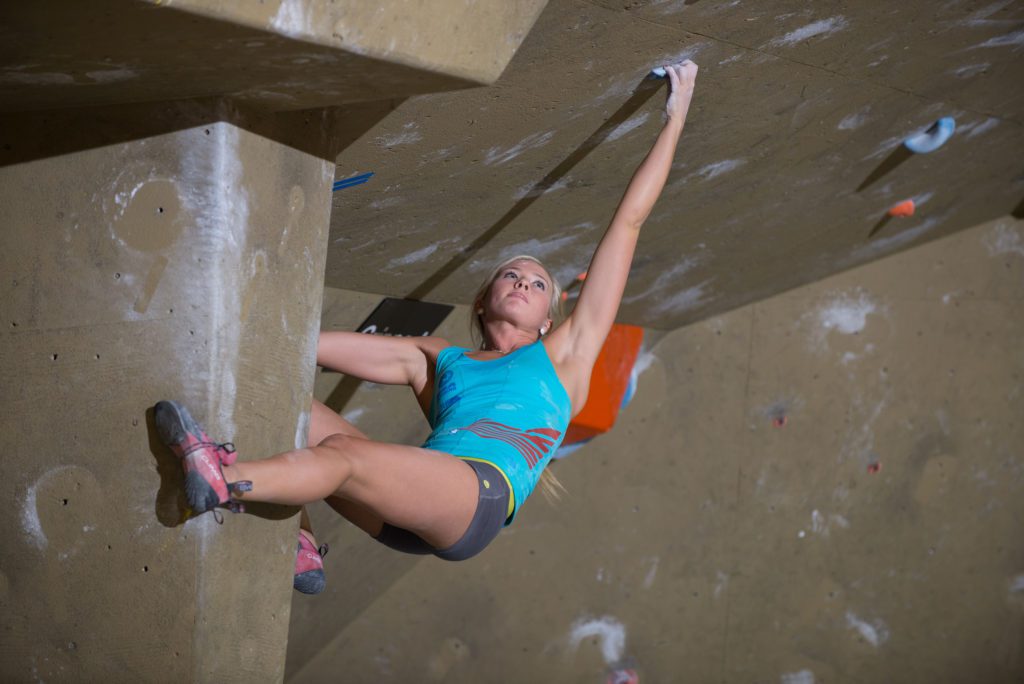
5. Bicycle
Toe-ing down with one foot on top of a foothold while simultaneously toe-hooking with the other foot on the same hold. Another great technique for keeping your feet on the wall using compression between your two feet.
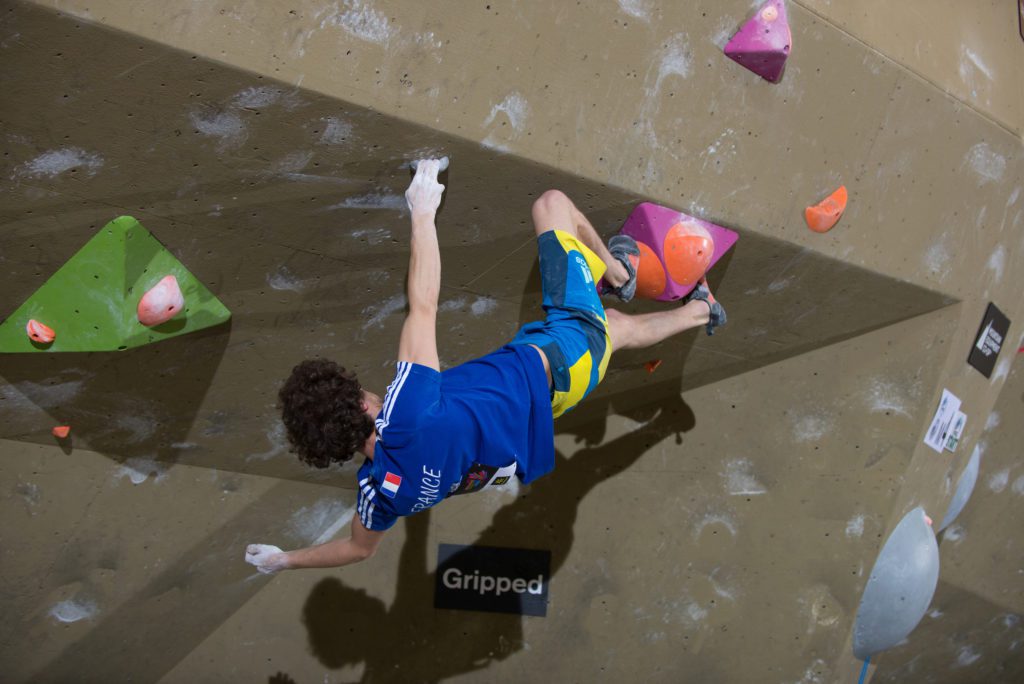
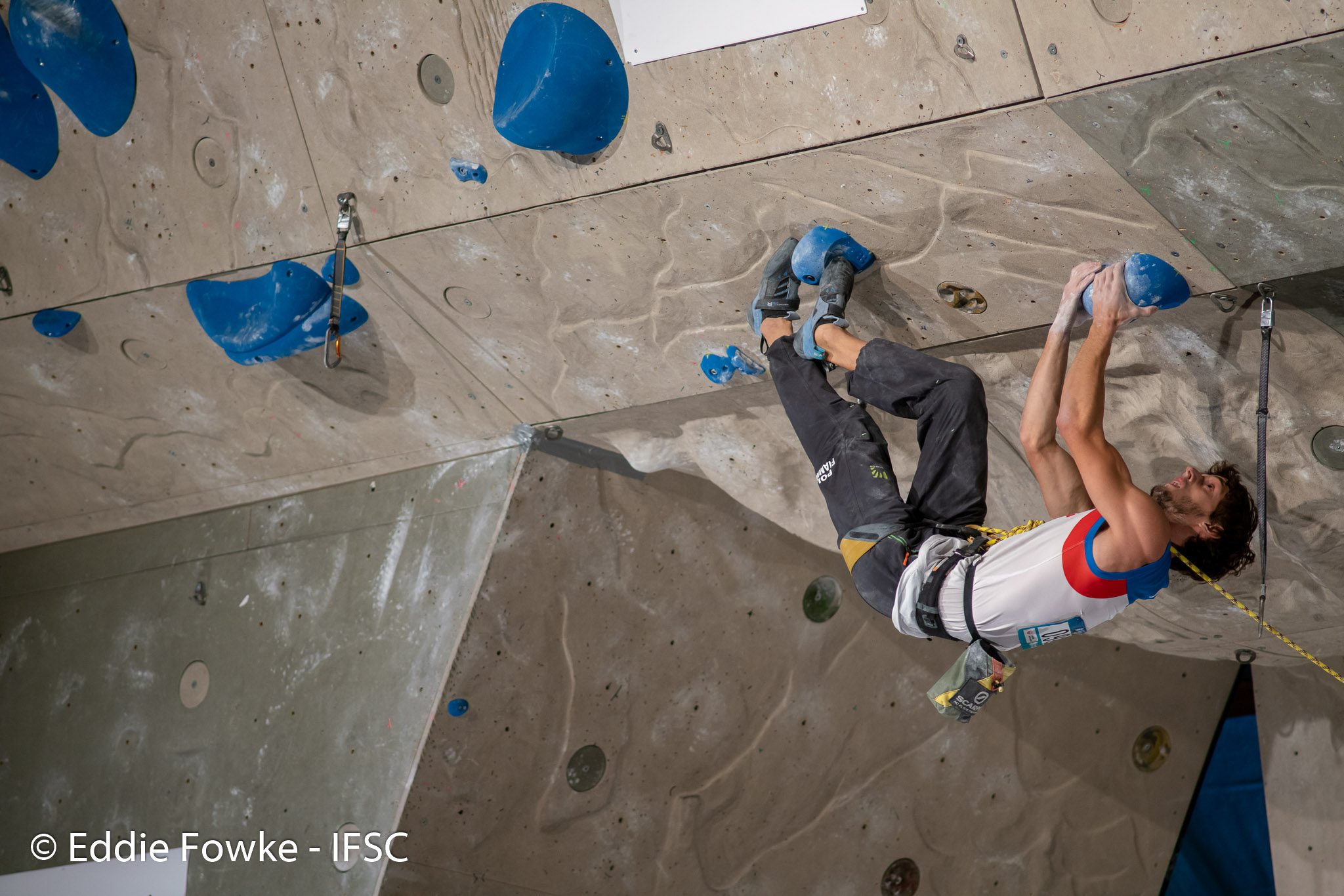
6. Heel-Hook
Pulling with your heel on a foothold, rather than pushing with your toe.
The most common use of the heel hook on steep terrain is placing your heel on a hold or directly over the lip of a roof – “hooking” it on the edge, so to speak. You can use the heel hook to traverse sideways along the lip of a boulder or to help you get up and over the top of a steep boulder. One can also use heel hooks anywhere on the wall if the good part of the foothold is facing sideways and you can’t weight it from above but you can pull your foot toward you with your heel. Much like the toe-hook, you need to learn to engage your hamstring and calf muscles. When you get good at heel hooks, you can find all sorts of footholds that didn’t exist for you before.

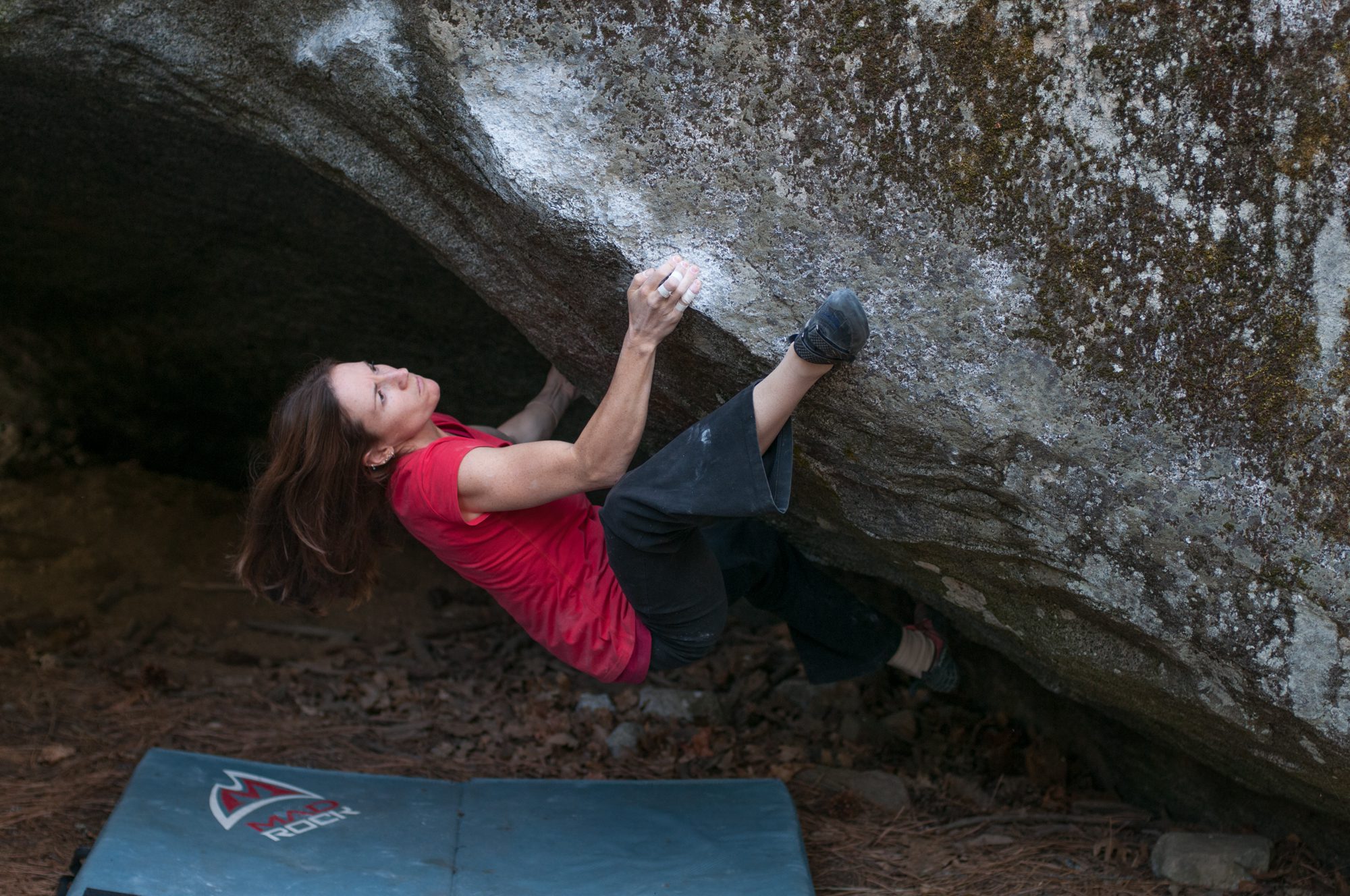
7. Mantle
The series of moves used to transition from being underneath a protruding part of the rock, to being on top of it.
The transition usually requires a combination of pulling on your heel, which is initially over your head on the “lip” of the roof/mantle, pulling with your arms with some momentum to get yourself high enough to press up with the palm of your hands in order to shift the weight from hanging underneath the roof to being on top of it. In the simplest case, the movement is like climbing out of a pool without a ladder.

8. Figure 4
Lever your leg against your own arm to move upwards.
On steep terrain, in the absence of good footholds, place your leg over top of the opposite arm, which should be secured on a very good handhold (a “jug”). The underside of the knee should be resting on the inside of your elbow. Lever your lower body against your arm to move upwards. Not widely used, but has it’s place in the repertoire of climbing moves.
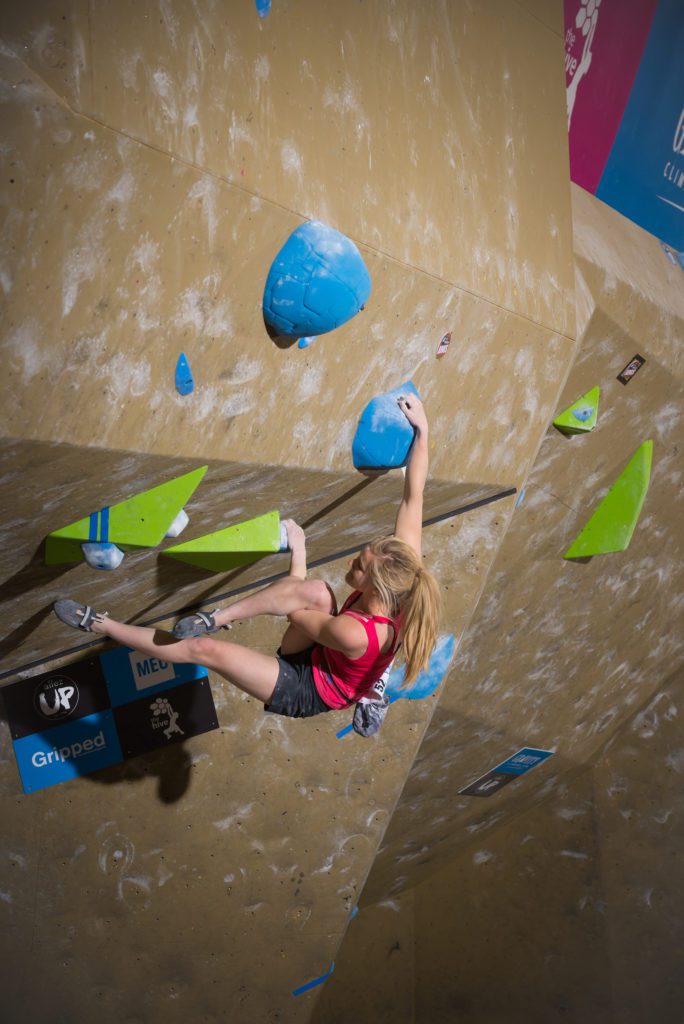
9. Campus
Moving from one hand hold to another with your feet deliberately off the wall.
Most of the time you want your feet on the wall but sometimes campus moves are more efficient. It is useful when the footholds are so terrible it would take more energy to try and use them, or if there aren’t any footholds to use at all. It is quite an advanced technique requiring a lot of core and upper body strength.
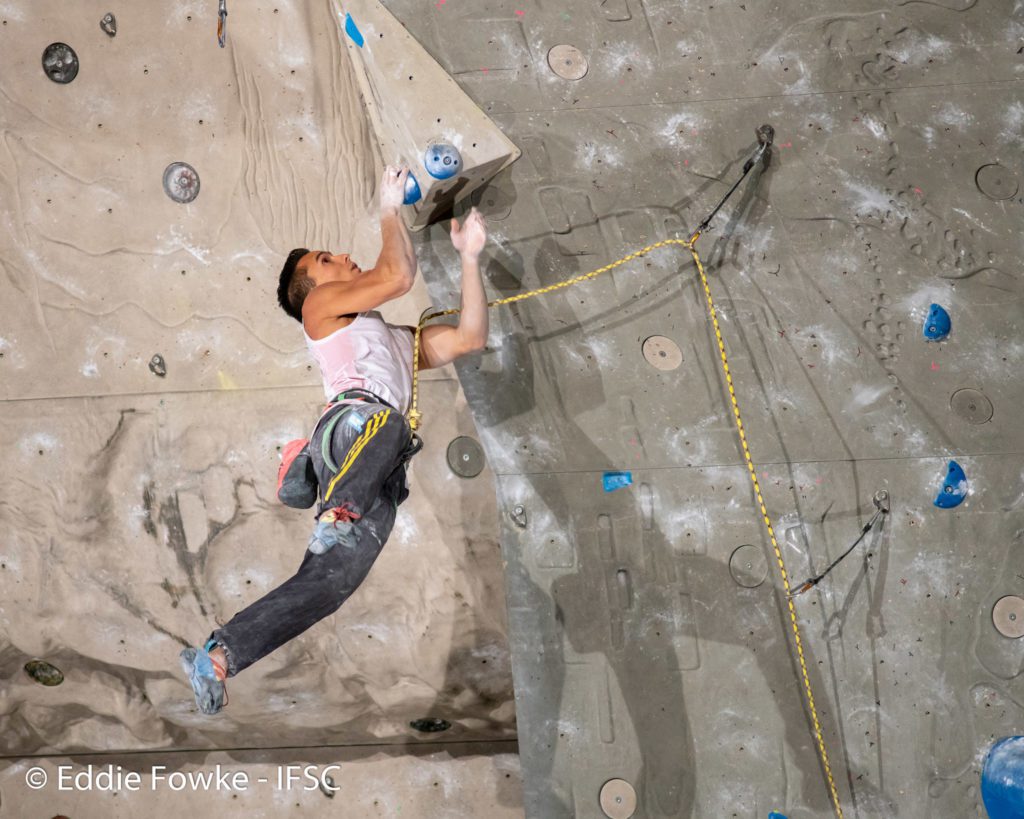
10. Bat Hang
Using two toe-hooks at the same time, at the lip of a roof or on a very big hold.
While it seems like a party trick, it can be a useful technique to keep from cutting loose while roof climbing. For example, go feet first to a hold and hang the double toe-hook and then reach to grab the hold with your hands. Release the feet and turn around. When the hold/edge is good enough, one can let go and hang “like a bat” off of your toes alone. This is more of a party trick…
